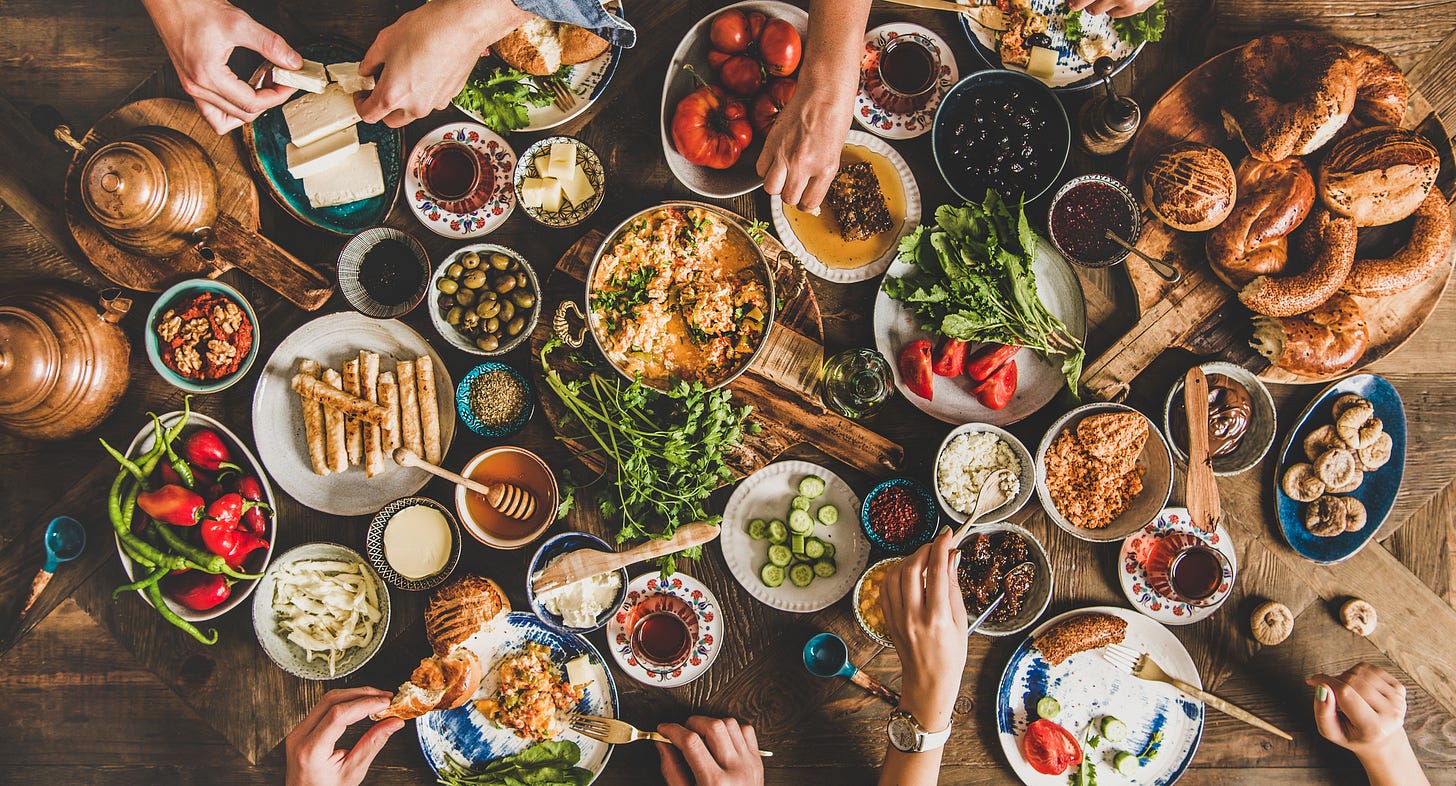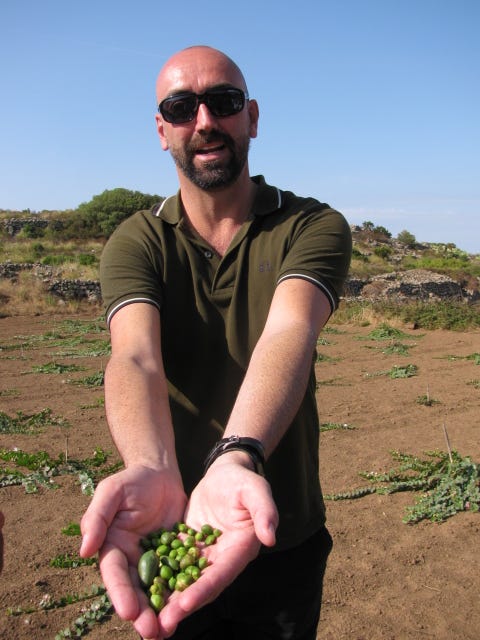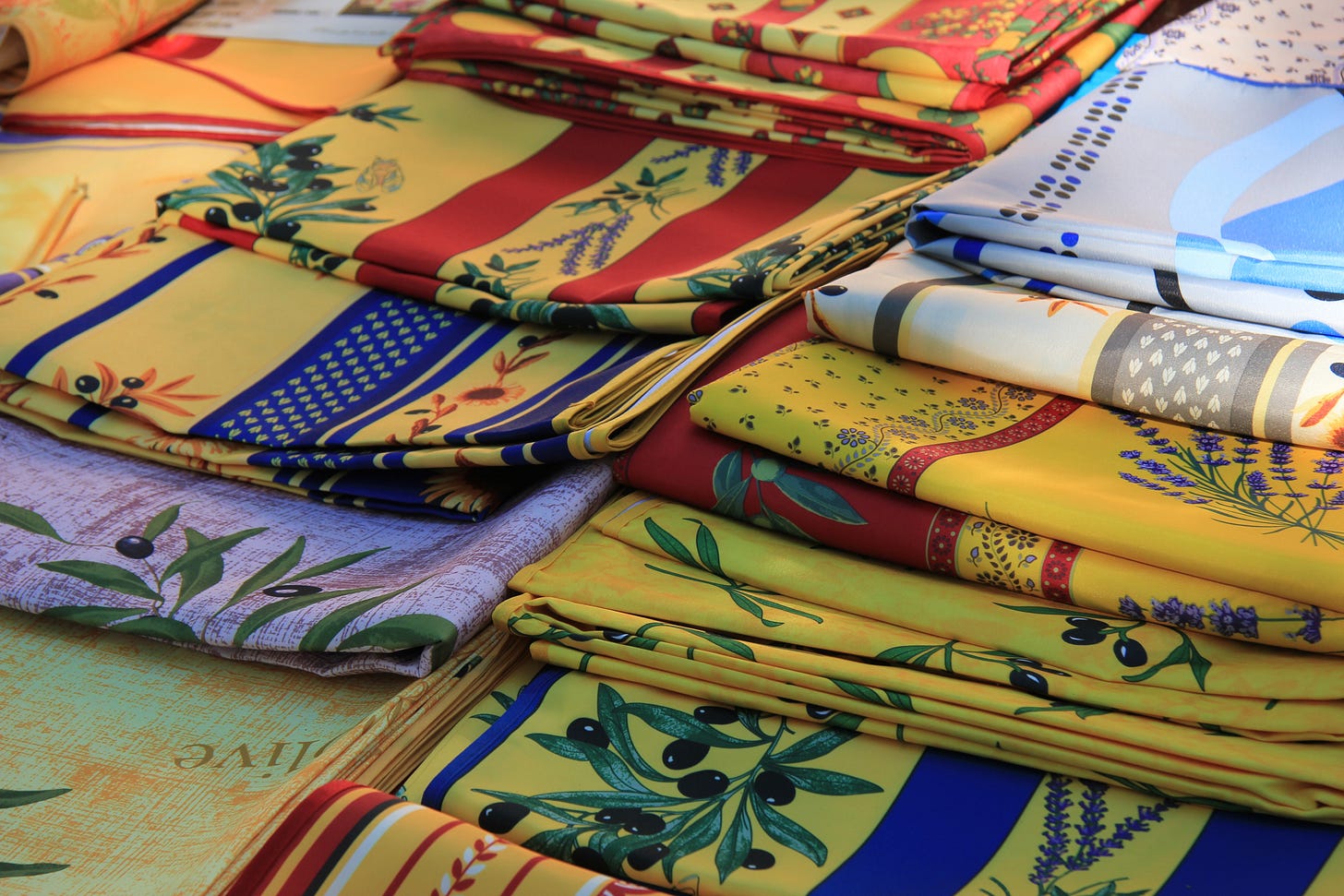Food Heritage Shopping
In recent research surveys, global travel marketers and consulting firms have identified the desire for authenticity as a major driver for consumer travel choices. As Morning Ag Clips wrote last year, “People are more eager than ever to connect with the real roots of their visiting places.”
At Oldways, we believe that that the heart of any culture can be understood by exploring its food, wine and culinary traditions.
We’re not alone. The World Food Travel association agrees and says “food is one of the greatest components of the cultural experiences that delight tourists in every destination.”
In our Oldways Culinarias, we create more than a vacation. We also aim to provide authentic food experiences – ones we hope will give people inspiration to bring these food traditions home and make them a part of their daily lives. This means inspiration for recipes, dishes, ingredients, meals and more -- delivering authenticity to home kitchens and dining tables.
Inspiration and authentic memories from travels are certainly enhanced by food heritage shopping. (And to be honest, even if shopping at home isn’t your cup of tea -- who doesn’t love to shop when traveling?!).
We have so many favorites that this is just the first of two or three listings of our favorite food heritage shopping moments (ones that will make it through customs and immigration). Through our decades-long relationships with producers, we do the heavy lifting for our travelers and help introduce them to the culinary gems of that region -- traditional foods with unmatched flavors still being produced in the old ways.
Ingredients
Starting in Emilia Romagna, Italy’s food region, there are several products not to be missed. Yes, you can buy these at home, but it’s an unmatched experience to visit a producer, see (and understand) the production, meet and share stories with the people who made it, and then purchase a truly authentic food where it is produced.
Aceto Balsamico Tradizionale is unlike any other vinegar. It is the real thing, a real condiment, made the same way it has always been made. One drop of it on a bite-sized chunk of Parmigiano-Reggiano, for example, transforms it into a unique sensory experience, and it does the same for a ripe strawberry. Real aceto balsamico does not obliterate the taste of the cheese or the strawberry, but in the sense of a true condiment, elevates them, taking them to a new level. It is syrupy, dense, lush, velvety. Authentic aceto balsamico is permitted to be made only in the area around Modena and Reggio Emilia in north central Italy, and it is made as it has been for hundreds of years, aged in a series of barrels made from different woods.
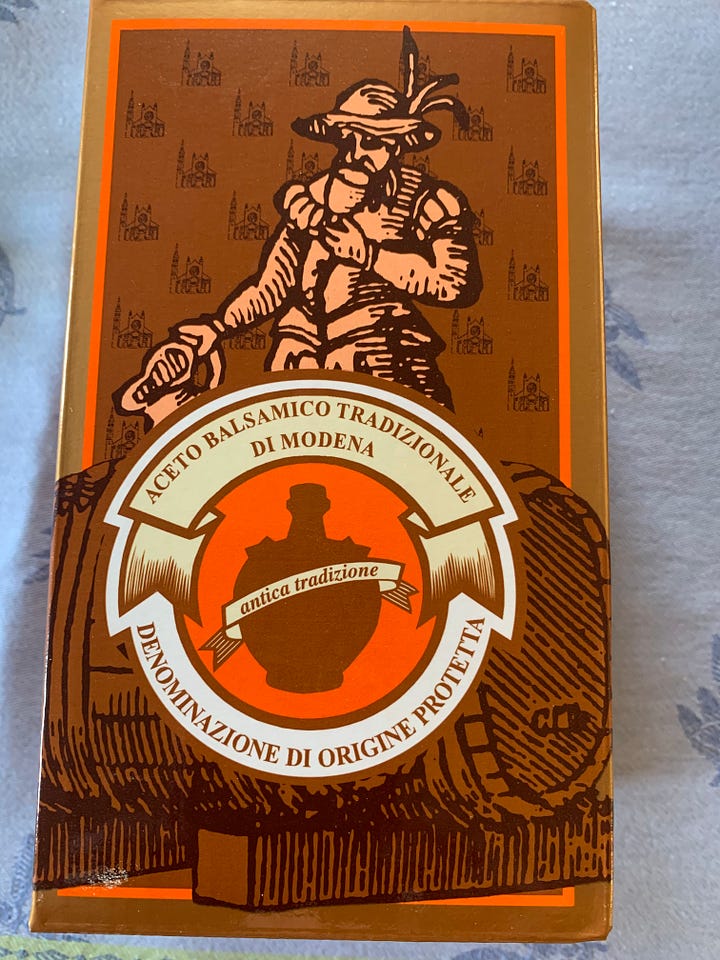

Parmigiano Reggiano is a raw milk cheese produced exclusively in the provinces of Parma, Reggio Emilia, Modena and parts of the provinces of Mantua and Bologna, on the plains, hills and mountains enclosed between the rivers Po and Reno in Italy. Parmigiano Reggiano is a name-protected product. Only the cheese made with the milk of cows from the region of origin, and made in a caseificio in the same region, can use this name. In this infographic on the Oldways website, you’ll see what makes Parmigiano Reggiano authentic.
North from Parma and Modena, in the magnificent Swiss countryside, is another wonderful ingredient, and no, it’s not chocolate (although Swiss chocolate is world class).
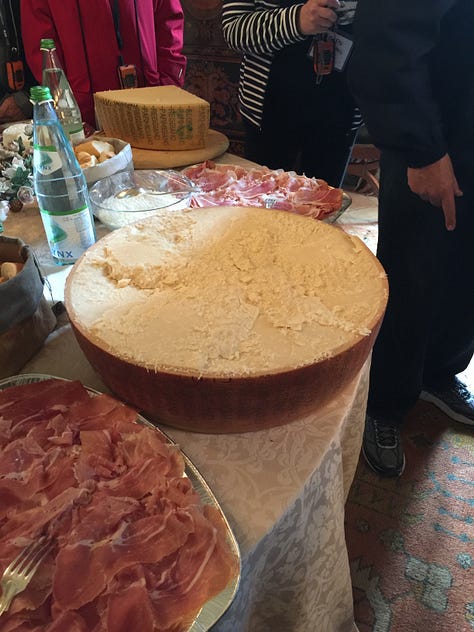


Le Gruyère AOP is a semi-hard cheese made with unpasteurized cow’s milk. It has a rich, creamy, slightly nutty taste and has been produced in Switzerland since the 12th century. Today, it is still produced in the Swiss dairies where it was first produced – the district of La Gruyère in the Canton of Fribourg (Switzerland) – and also in the cantons of Vaud, Neuchâtel, and Jura, as well as in a few municipalities of Bern. The production process is strictly followed by milk producers, cheesemakers and affineurs (maturers). The cows which produce milk for Gruyère AOP are solely fed on natural forage—fresh grass in summer and hay in winter, with no additives. Twice a day, in the morning and in the evening, each milk producer delivers unpasteurized milk to its assigned cheese dairy. Learn more from these infographics on the Oldways website.
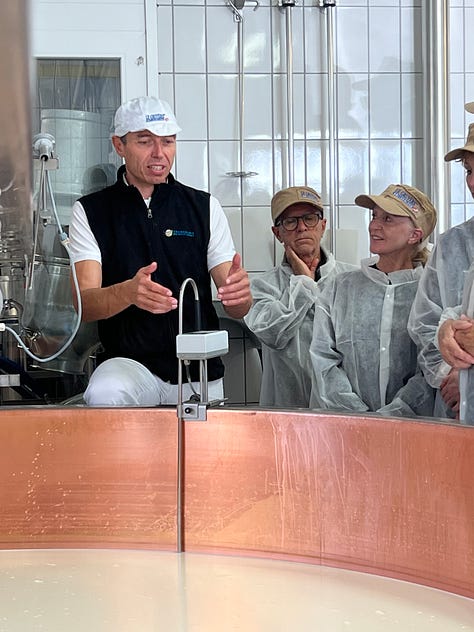

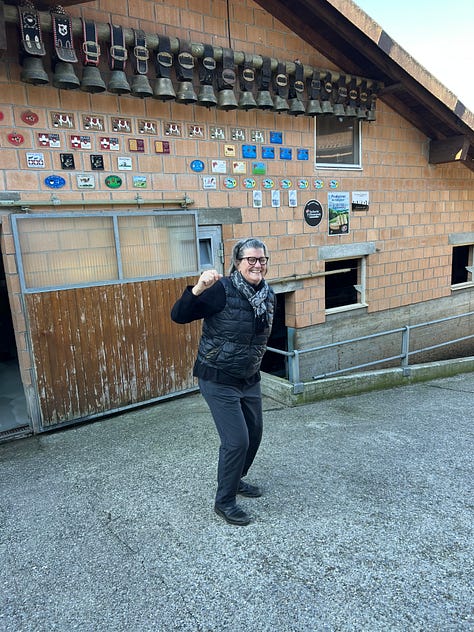
Extra Virgin Olive Oil. When Oldways introduced the Mediterranean Diet Pyramid with the Harvard School of Public Health in 1993, olive oil was unknown by most Americans. It was then more of an ethnic product, occupying only a tiny segment of the grocery store shelf. After more than 30 years, Americans do know EVOO, and retailers carry a large number of extra virgin olive oils from countries in the Mediterranean, North and South America and Australia – some robust, others more delicate. Although it’s easy to buy olive oil on your regular grocery runs, it’s extra special to taste different oils in the places where olives were grown and harvested and the oil produced – and then choose the one(s) to bring home. While not an exhaustive list, here are some from our travels that have found a place in our kitchens. For a primer on olive oil, Oldways’ Olive Oil 101 is a good place to start.
Sicily: Olio Taibi from Agrigento
Crete: Biolea near Chania in western Crete
Greece: Eumelia near Sparta in the Peloponnese
Croatia: Olive oil produced at the Olive Oil Museum on the island of Brac (Muzej Uja)
France: Moulin CastelaS in Provence
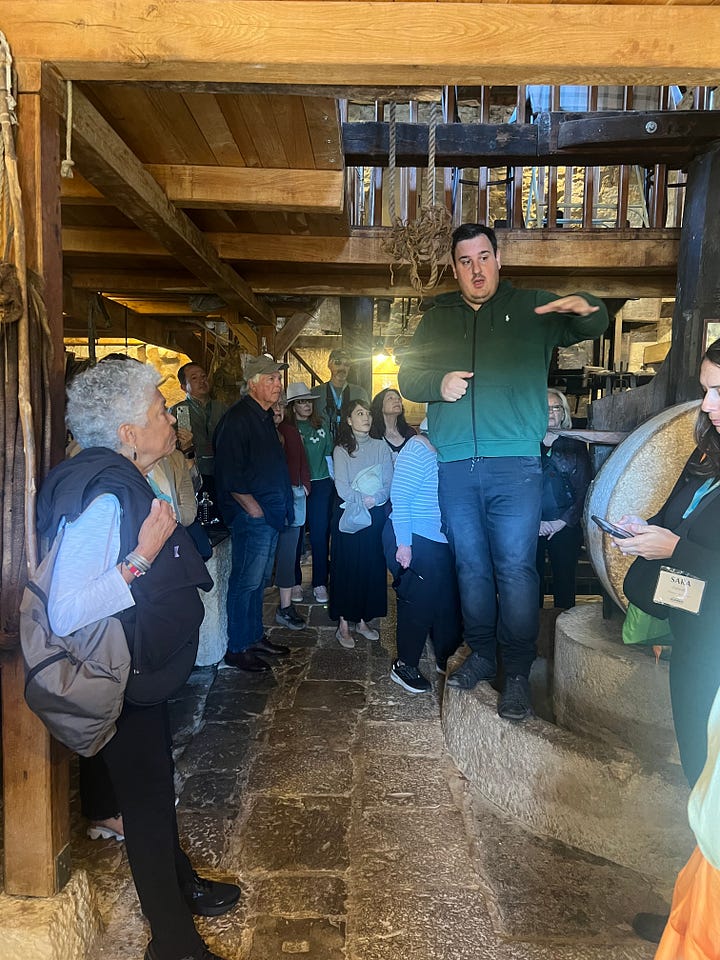
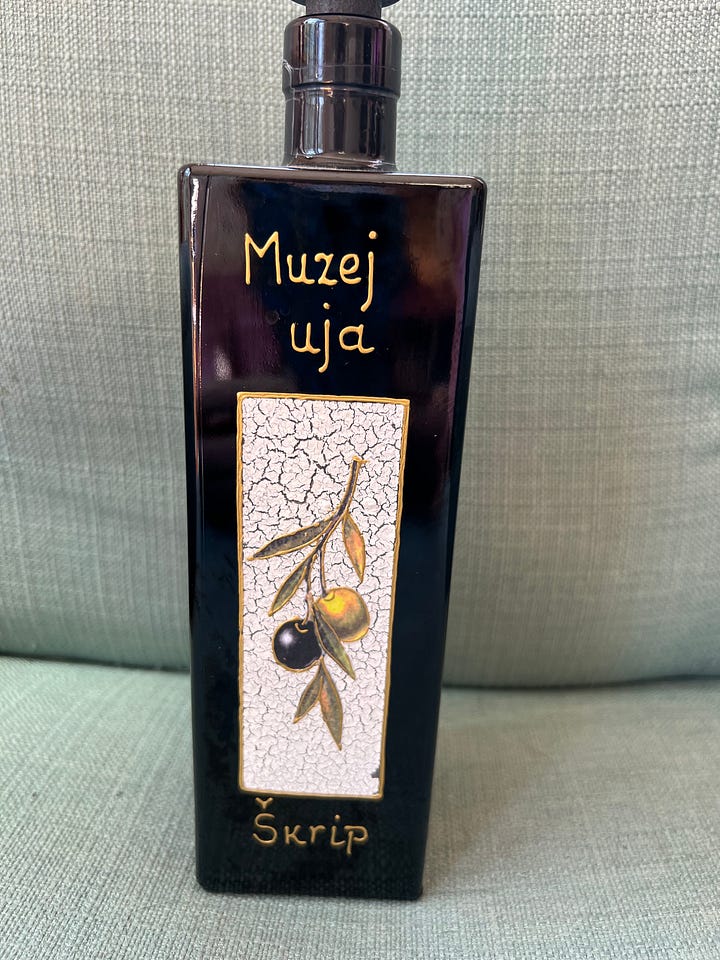
Herbs & Spices & Other Specialties. In 2008, Oldways convened a panel of nutrition scientists to update the Mediterranean Diet Pyramid. In its 15th year, the scientists made a few updates, based on modern research, such as making fish and seafood more prominent (advice – to eat fish and seafood at least twice a week). One other important change was the addition of herbs and spices. The scientists noted that herbs and spices can confer health benefits, and even more importantly, they provide regional identity to dishes. Simply speaking, a dish could have the same ingredients – say, tomatoes, bread and olive oil – but the herbs or spices used could change the dish from Italian to Greek to Turkish to Spanish. When we travel, here are a few herbs and spices that we don’t go home without:
Turkey: In markets in towns all over Turkey, you’ll find an incredible array of spices and herbs, none more spectacular than the Spice or Egyptian Bazaar in Istanbul. During our Culinarias in Turkey, our friend Banu Ozden, an expert in Turkish cuisine and history, takes us to her favorite place to buy herbs and spices, just to the side of the Egyptian Bazaar. We always bring home mint, cumin, Maras pepper and cinnamon. Markets in Greece equally showcase herbs and spices, which are easily transported back to the US in soft, packaged plastic bags.

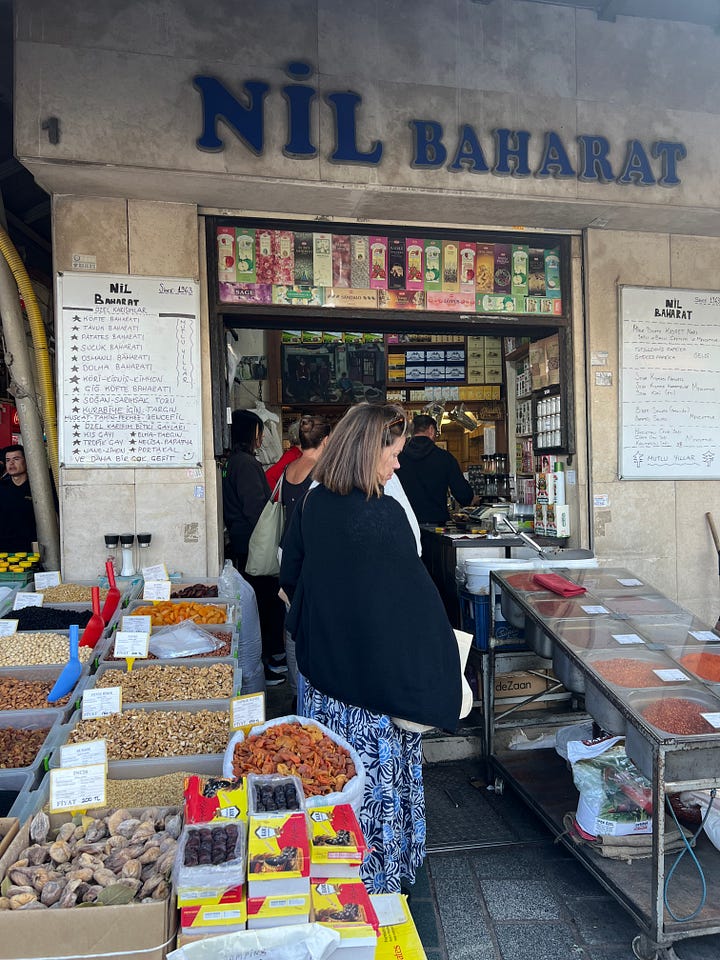
Pantelleria, an island between Sicily and Tunisia (and part of the Sicilian region), is famous for its sweet wine, Passito di Pantelleria. While we love the wine, it’s their capers (that Pantelleria also well known for) that we love most.
At our Pantelleria Culinaria in 2012, we spent a day focused on capers, which in Pantelleria are preserved in salt, rather than a brine (as is found with bottles of capers in US grocery stores). Capers are the unripened, preserved flower buds of the caper bush, harvested before they flower. (Caper berries, also used in cooking, are the mature fruit of the caper plant.). It’s possible to find the capers of Pantelleria online, or through specialty food retailers/distributors, which we do when we run out. However, there’s nothing like getting them in Pantelleria, after understanding the harvesting, preserving and cooking right where they grow everywhere. The oregano from Pantelleria is another authentic product – one that we keep for special dishes.
Table Linens. Moving away from ingredients, there’s something really special about finding tablecloths and napkins that transport you to a culture and place. A great place to find these are at local weekly markets – ones that residents go to. We treasure ones that we’ve found at local outdoor markets in Palermo, San Gimignano, Fez, Thessaloniki, Bologna and Bangkok. Every time we sit down to a meal set on these linens, we are reminded of the places and the food memories. An added plus: table linens lie flat in the suitcase!
Shopping continues next month…



